World Environment Day 05 June 2019
Today is World Environment Day which was first held in 1974. Since then, 143 countries hae taken...
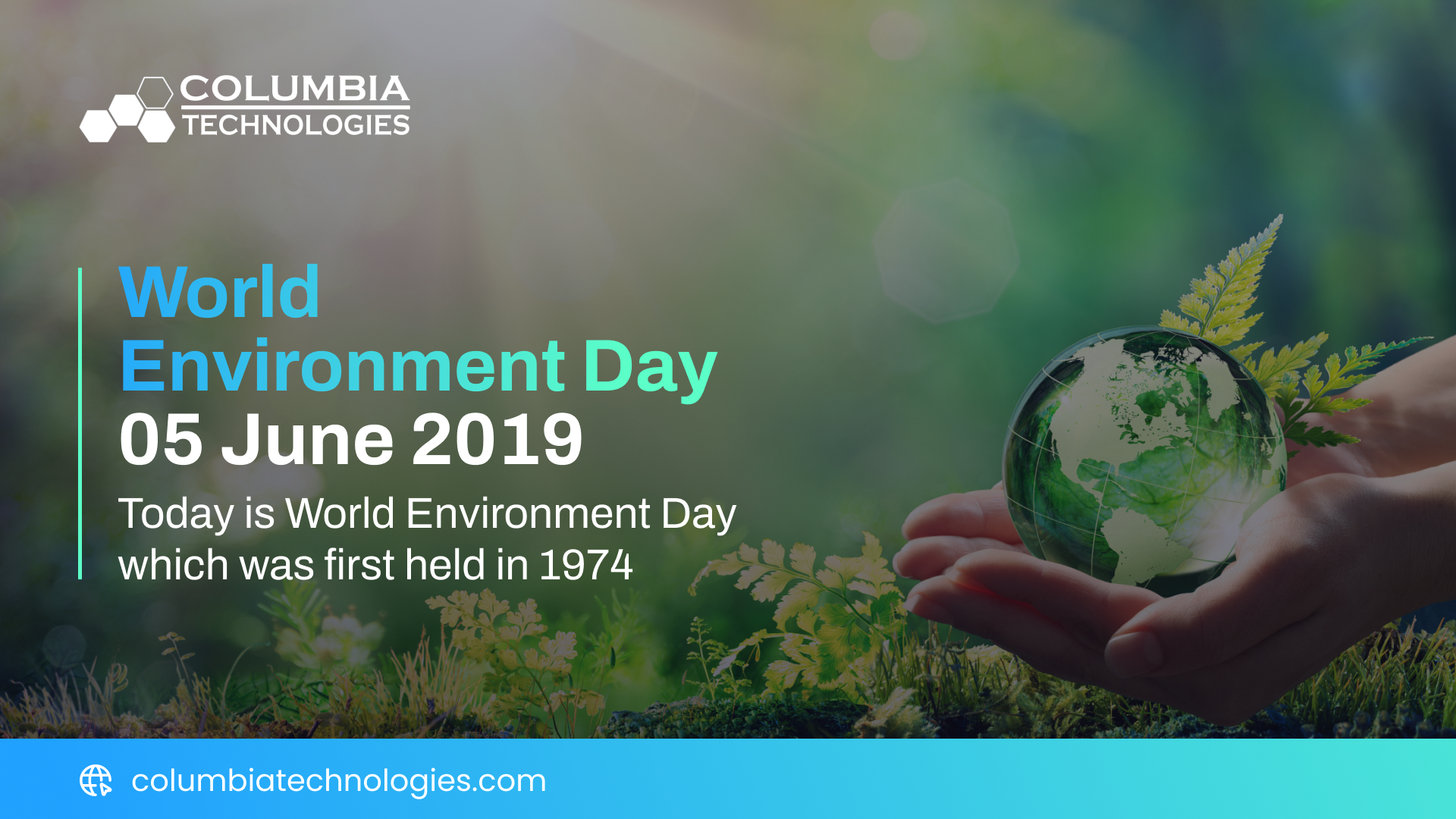
Today is World Environment Day which was first held in 1974. Since then, 143 countries hae taken...
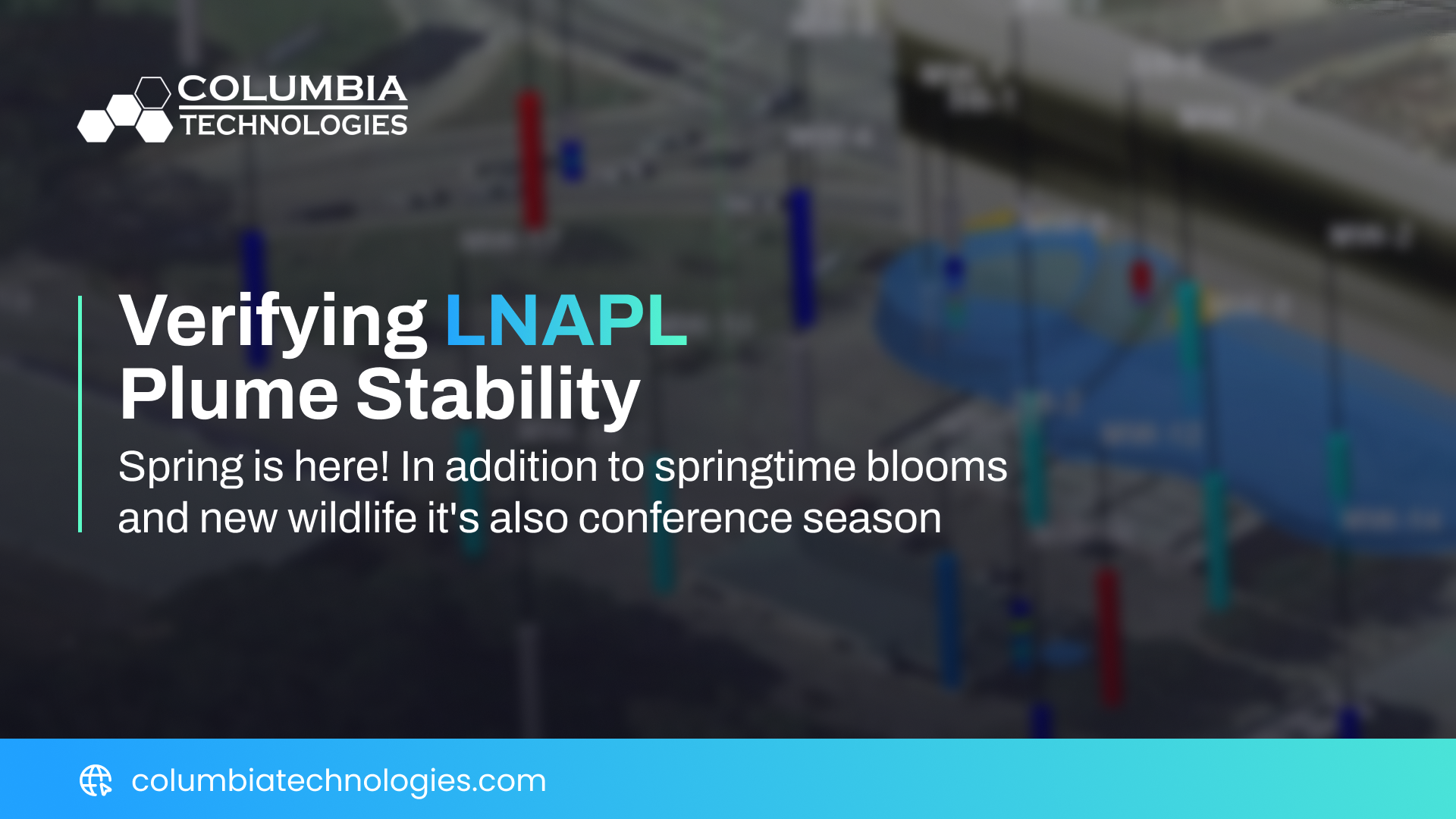
Spring is here! In addition to springtime blooms and new wildlife it's also conference season. It's...
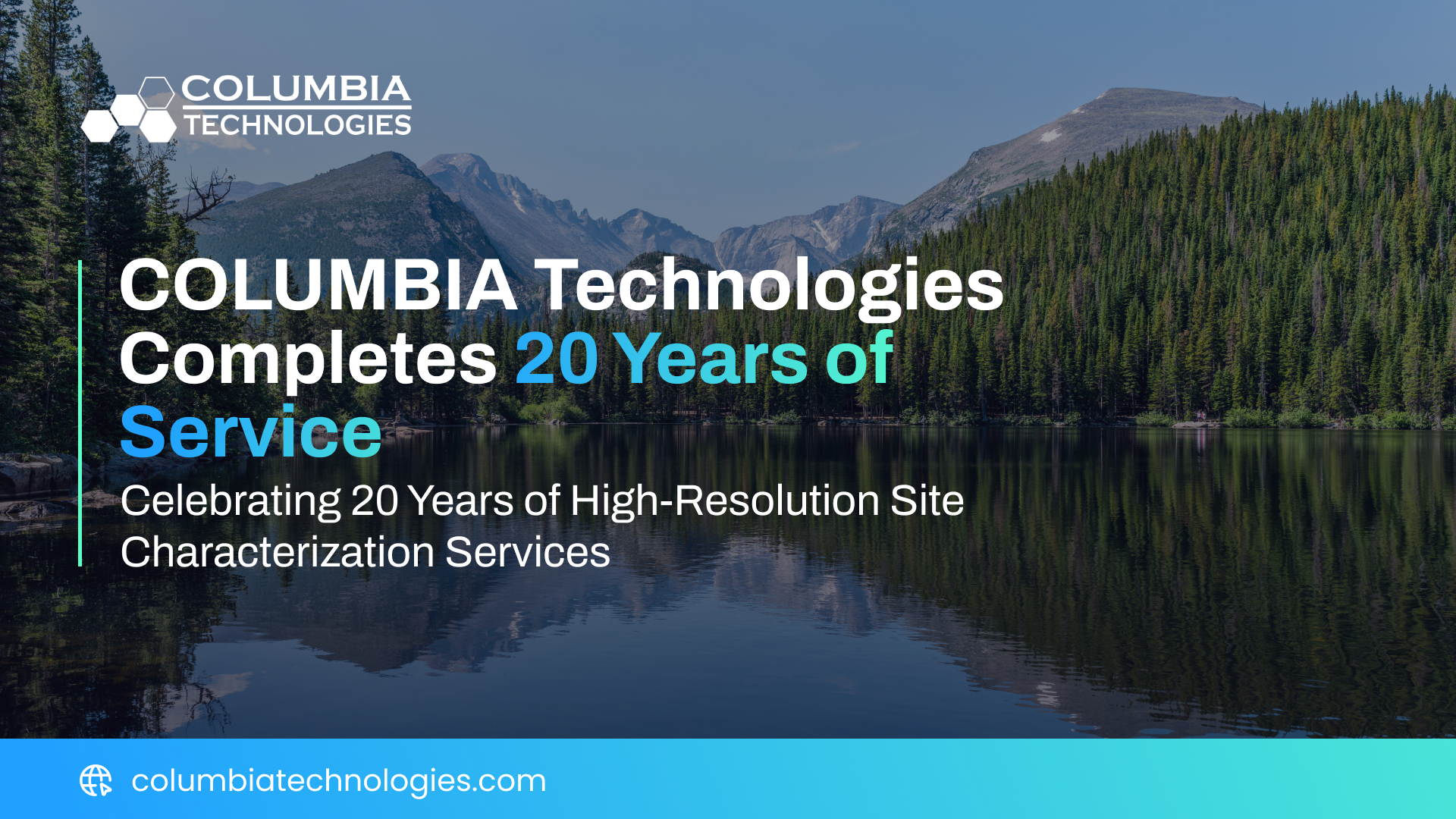
Celebrating 20 Years of High-Resolution Site Characterization Services COLUMBIA Technologies is...
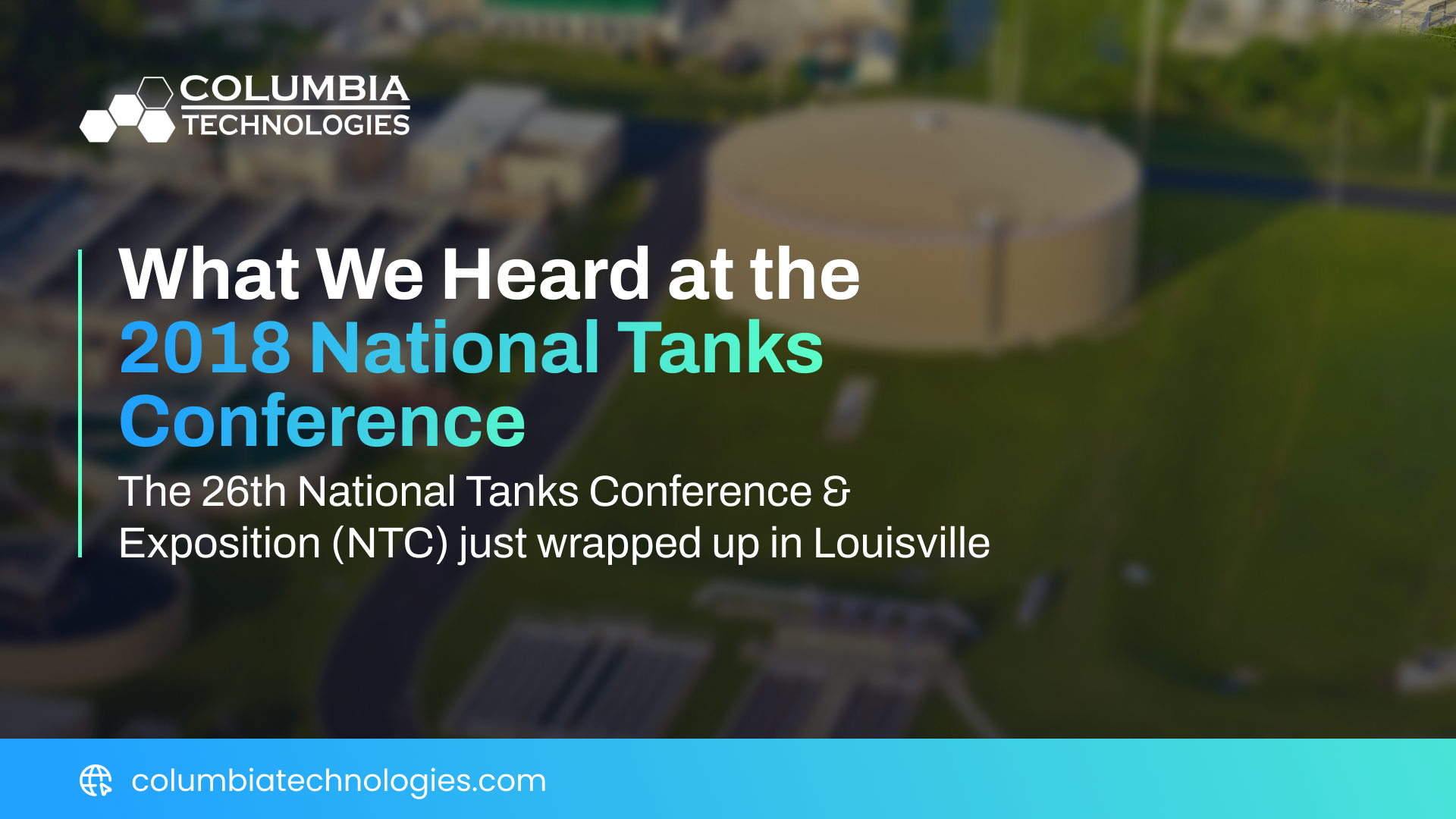
The 26th National Tanks Conference & Exposition (NTC) just wrapped up in Louisville, Kentucky. The...
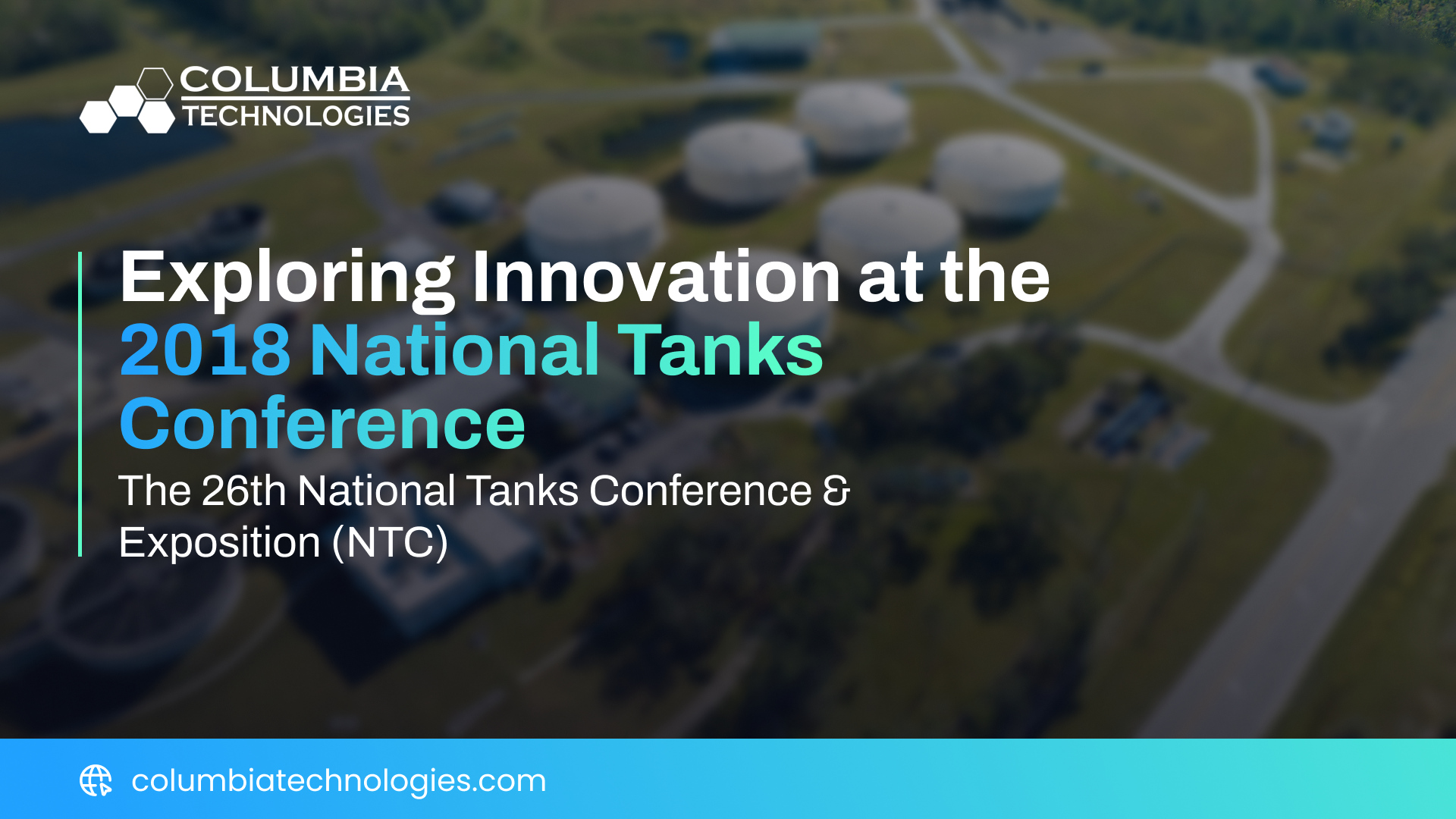
The 26th National Tanks Conference & Exposition (NTC) will be held September 11-13, 2018, at the...

Climate Change and Sea Level Change. Two controversial topics for some, but well-documented...
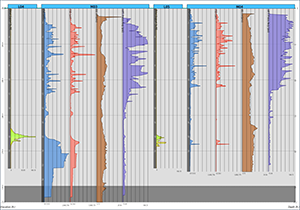
So, you’ve decided that a high-resolution 3D assessment of your site would help clear up the...
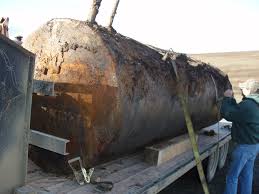
The EPA's Office of Underground Storage Tanks (OUST) reports the number of cases of Leaking...

COLUMBIA Technologies do Brasil, Ltda. Continues to Build Relationships in Latin America at the V...

COLLABORATIVE TEAM EFFORT HELPS MONETIZE THE COST OF LNAPL CLEANUP FOR TDEC COLUMBIA Technologies...
Today is World Environment Day which was first held in 1974. Since then, 143 countries hae taken part in recognizing World Environment Day. The day focuses on environmental concerns ranging from pollution to global warming and sustainable food production to protection of wildlife.
The team at COLUMBIA Technologies along with our global partners firmly believe a more sustainable planet requires global collaboration. We are dedicated to providing our clients smarter, scientific-based, sustainable solutions when it comes to contaminated land. It's our goal to be constantly changing the course of remediation to reduce the cost & liability of contaminated land for a better tomorrow.
COLUMBIA Technologies LLC (USA)
COLUMBIA Technologies do Brasil Ltda (Brazil)
COLUMBIA Technologies AFRICA (Pty) Ltd

Tags: COLUMBIA Technologies, High Resolution Site Characterization (HRSC), News, SmartData Solutions®, Brazil, Africa
Spring is here! In addition to springtime blooms and new wildlife it's also conference season. It's always a pleasure to hear industry leaders advancing our our level of understanding of the complex biosphere tainted with man-made contamination. This past month I had the pleasure of attending the Fifth International Symposium on Bioremediation and Sustainable Environmental Technologies close to home in Baltimore 2019. Dr. John Cherry's presentation on what we know compared to what don't know through ignorance was a real eye-opener! The symposium was also highlighted with an awesome panel speaking on Contaminant Geology.
Last week I had the opportunity to speak at the Alabama Conference on USTs on the lessons learned through high-resolution investigations, and in particular the value of high-resolution soil sampling to isolate the residual LNAPL mass on our more complex and difficult sites. Several others emphasized the importance of improved characterization before implementation of expensive and most likely financially unsustainable remediation systems.
ITRC guidance document LNAPL-3: LNAPL Site Management: LCSM Evolution, Decision Process, and Remedial Technologies refers to several lines of evidence to verify LNAPL plume stability. Accurately mapping the residual LNAPL and verifying stability are the first steps in building an effective LNAPL conceptual site model. We were assured by ADEM staff that they hear this message and are supportive of better characterization focused on identifying any residual LNAPL and verifying the LNAPL body is stable.
At COLUMBIA, our team takes pride in providing industry leading data reports to conduct a remedial optimization study to characterize the problem and identify cost saving alternatives through:
Try our Interactive Project Pricing Calculator!
We'll roll up our sleeves and work alongside you better understand those persistent and complex LNAPL sites.
Tags: COLUMBIA Technologies, High Resolution Site Characterization (HRSC), News, SmartData Solutions®, Brazil, ITRC, UST, UST Cleanup Funds, Africa, NTC2018
COLUMBIA Technologies is excited to announce that we just passed our 20 year milestone in providing quality high-resolution site characterization services around the globe.
Working with our partners in Brazil and Africa we have delivered over 2000 individual site characterization projects, providing real data, in real time, reliably to our consulting firm clients.
THANK YOU to our clients, partners, and the many COLUMBIA Technologies team members who made achieving this milestone possible. We look forward to 2019 and beyond to offer a growing range of services to our global customers.
Tags: COLUMBIA Technologies, High Resolution Site Characterization (HRSC), News, SmartData Solutions®, Brazil, Africa
The 26th National Tanks Conference & Exposition (NTC) just wrapped up in Louisville, Kentucky. The conference was professional rewarding as we learned how far the science of LNAPL management has come in recent years. Several presentations highlighted the importance of thorough data gathering before leaping to expensive remedies. Multiple innovative approaches to gather "scale appropriate" data in all types of soil conditions including consolidated bedrock were presented in the technical sessions. Our team had chance to hear from a lot of industry practitioners regarding their current challenges as well as attend the technical sessions. Here are some highlights of what we heard...
WHAT WE HEARD AT NTC 2018
Cho-Yi Risher and Wil Anderson from EPA OUST reported the results of their review of the state of financial responsibility of state funds started in 2017. Some of their observations:
A common theme: "If you have a water contamination problem, you have a soil contamination problem". An LNAPL conceptual site model (LCSM) should address where is the LNAPL, what soil does it reside in, is the LNAPL mass stable, and is it transmissive before implementing more aggressive remedial action.
HRSC or better yet, "scale appropriate" measurements of soil , water, and contaminants are needed for accurate conceptual site model before expending a lot resources on cleanup technologies or approaches. Typically, long-screen monitoring wells with their associated filter packs do not provide sufficient resolution to separate different soil permeabilities and accurately delineate residual contaminant mass.
HRSC is not one tool or methodology but a scientific approach employing scale appropriate measurements of soil (both consolidated and unconsolidated), water, vapor, and contaminants.
The industry and states need flexibility and mechanisms to allow for innovation. Regulations, funding mechanisms, and local procedures should incorporate flexibility to allow new and innovative approaches to be applied on the remaining difficult cases.
Natural Source Zone Depletion (NSZD) can generate mass reduction rates comparable to many engineered remediation methods. Characterization and performance monitoring should include the assessment of NSZD mass degradation rates and be compared to traditional remediation methods.
Tags: High Resolution Site Characterization (HRSC), LNAPL, UST, UST Cleanup Funds, NTC2018
The 26th National Tanks Conference & Exposition (NTC) will be held September 11-13, 2018, at the Galt House Hotel in Louisville, Kentucky. Pre-conference workshops convene on Monday, September 10.
I'm pleased to be presenting a workshop on Focusing High-Resolution Site Characterization (HRSC) for Selecting Remedial Technologies along with Andrew Kirkman of BP, Tom Kady with the EPA ERT, and Queenie Mungin-Davis from EPA Washington. Our goal is for the audience to develop ideas for reducing the cost of cleanup by implementing innovative scale appropriate measurements to improve their LNAPL Conceptual Site Models. We will explore:
For more details download a complete workshop agenda.
Tags: High Resolution Site Characterization (HRSC), LNAPL, UST, UST Cleanup Funds
Climate Change and Sea Level Change.
Two controversial topics for some, but well-documented science. I had an opportunity to read "The Water Will Come" by Jeff Goodell, one of Booklist's Top 10 Science Books of 2017, on an extended plane trip during this holiday season. Goodell presents a well-researched overview of the impact of climate change and the associated changes in sea level on countries, populations, infrastructure, and politics. While the geopolitical challenges of climate change are well beyond the scope of most of our local environmental remediation efforts, Goodell did prompt me to reflect on a few observations we've made in the field and the potential impacts to come.
Is your remediation site in a low lying or coastal area? US EPA confirmed Hurricane Harvey impacted 13 of 41 of the US’s most-toxic waste sites in the Houston area in 2017. Goodell points out that the "Runit Dome, a concrete bunker on Enewetak Atoll where the US military buried 111,000 cubic yards of radioactive debris left behind after then nuclear tests of the Cold War. It sits right at sea level. "It is already cracked, and as the waters rise, it will be submerged, creating a problem of nuclear waste in adjoining waters."
Is the infrastructure that supports your remediation systems or access to your facilities at risk in high-water conditions? The reactor meltdowns at Fukushima, Japan resulted from the failure of the cooling water systems in turn caused by the loss of power sources in extremely high water conditions precipitated by the tsunami and storm surge. Critical infrastructure and no doubt remediation systems failed in New York and New Jersey as a result of Super Storm Sandy.
The Navy base at Norfolk, VA, the largest in the U.S., anticipates a significant impact to operations (and environmental cleanup) by 2020.
How have changes in groundwater levels affected your long-term remediation systems? Even the performance of remedial systems sited a distance from low lying areas are often highly dependent on the accurate placement of system hardware in relationship to groundwater levels. Most readily affected are systems that rely on groundwater control through pumping or multiple phase extraction. Changing storm patterns result in often significant changes in groundwater level potentially with costly impact on the effectiveness of installed remediation systems.
Tags: High Resolution Site Characterization (HRSC), LNAPL, UST, UST Cleanup Funds, Sea Level Change, Climate Change
So, you’ve decided that a high-resolution 3D assessment of your site would help clear up the uncertainty in where any residual product is hiding and what its spatial relationship is to the soil permeability and the installed monitoring and recovery wells. How do you get started?
Multiple organizations including U.S. EPA (www.epa.gov/ust), ASTM International (astm.org), the Interstate Training and Regulatory Council (ITRC.org), the American Petroleum Institute (API.org), the Australian Cooperative Research Centre for Contamination Assessment and Remediation of the Environment (CRCCare.com), and the individual state jurisdictions all have published guidelines for undertaking a systematic assessment of petroleum contaminated sites.
Turns out, you probably have a lot of important information readily available to get started. Your key to success going forward will be both a systematic review of where your current LCSM stands to identify data gaps and uncertainties followed by a systematic data collection effort to close those data gaps with multiple lines of evidence.
Tags: High Resolution Site Characterization (HRSC), LNAPL, ITRC, UST, UST Cleanup Funds
The EPA's Office of Underground Storage Tanks (OUST) reports the number of cases of Leaking Underground Storage Tanks remaining unresolved exceeds 70,000 across the U.S. The EPA data also indicates the average cost of cleanup as US$130,000. As with any data, it's important to look at the distribution of data, not just averages. A vivid (maybe too vivid) example of this “flaw of statistics” is the fact that the average age of diaper wearer is somewhere near middle age, let’s say 45 years old. Drilling down into the data available from individual state UST cleanup funds, we find many examples of cleanup costs exceeding US$1.0M, sometimes with no end in sight. We can reasonably infer from the OUST data that the less complex sites have been resolved at a lower cost of cleanup, leaving the more complex sites yet to be addressed. This begs the question – WHY?
Tags: High Resolution Site Characterization (HRSC), LNAPL, ITRC, UST, UST Cleanup Funds
COLUMBIA Technologies do Brasil, Ltda. Continues to Build Relationships in Latin America at the V International Congress on Subsurface Environment (CIMAS 2017)
SÃO PAULO, BRASIL – October 30, 2017 – COLUMBIA Technologies do Brasil, Ltda, a leading environmental assessment and analysis firm in Brasil will be in attendance at the V Congresso Internacional de Meio Ambiente Subterrâneo in São Paulo, Brasil. COLUMBIA Technologies do Brasil provides high-resolution site characterization assessments to aid property owners in reducing the risk, uncertainty and cost of contaminated land investigation and remediation. COLUMBIA will attend with their joint venture partner, Aragon Perfurações e Sondagens, a services firm offering the largest array of advanced environmental drilling equipment in Brasil.
COLUMBIA’s CEO, John Sohl, and the Aragon staff will be available to answer questions regarding advanced site characterization technologies and strategies, the latest rock coring direct push equipment, and SmartData Solutions®.
Tags: High Resolution Site Characterization (HRSC), News, Brazil
COLLABORATIVE TEAM EFFORT HELPS MONETIZE THE COST OF LNAPL CLEANUP FOR TDEC
COLUMBIA Technologies was selected by PM Environmental to support a high-resolution assessment of a former retail gas station with persistent LNAPL contamination. The goal of the assessment was to evaluate for the Tennessee Department of Environment & Conservation the impact of better information on monetizing the cost of long-term correctives action at these types of sites. The site is one of 246 remaining "difficult to resolve" sites in Tennessee and is typical of the many of over 16,000 remaining Leaking Underground Storage Tank sites in the U.S. The project involved a careful review of historical documents, cleanup activities, and extended field activities after hours and at night.
Detailed information gained through this effort delineated an extensive amount of residual gasoline within difficult soil conditions highlighting the need for careful consideration of remedial alternatives. The team employed the guidelines of the ITRC Technical and Regulatory Guidance for Evaluating LNAPL Remedial Technologies for Achieving Project Goals.
Tags: COLUMBIA Technologies, High Resolution Site Characterization (HRSC), LNAPL, News
© COLUMBIA Technologies, LLC. All Rights Reserved.
HQ 1 Research Court Suite 450-402
Rockville, Maryland USA 20850-6252
Tel +1-888-344-2704 |
Email: info@columbiatechnologies.com
Privacy and Legal | Terms of Service